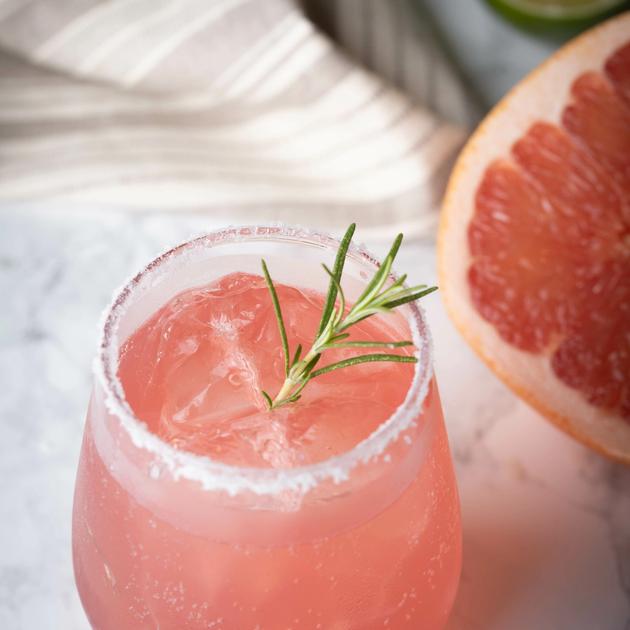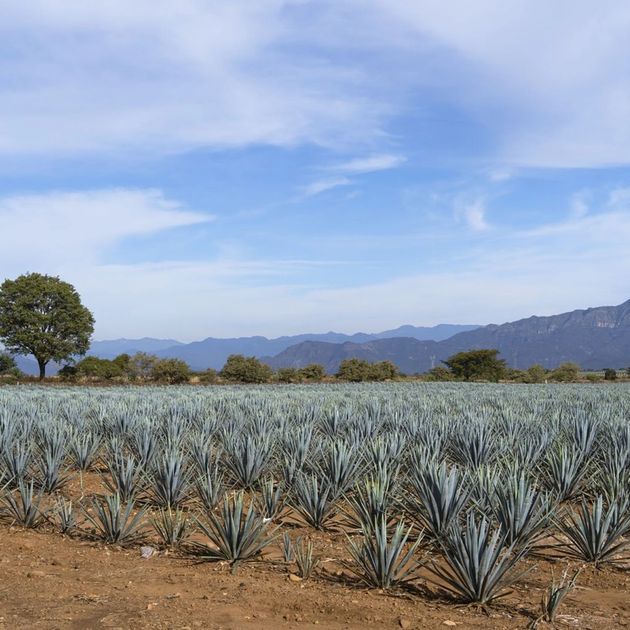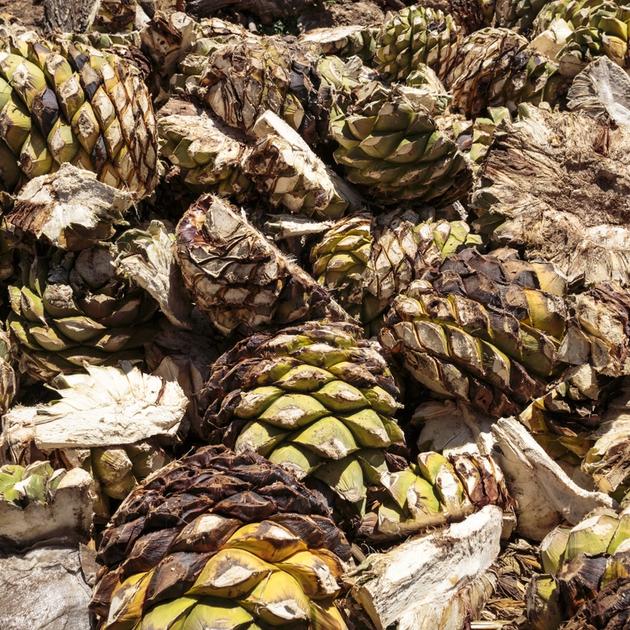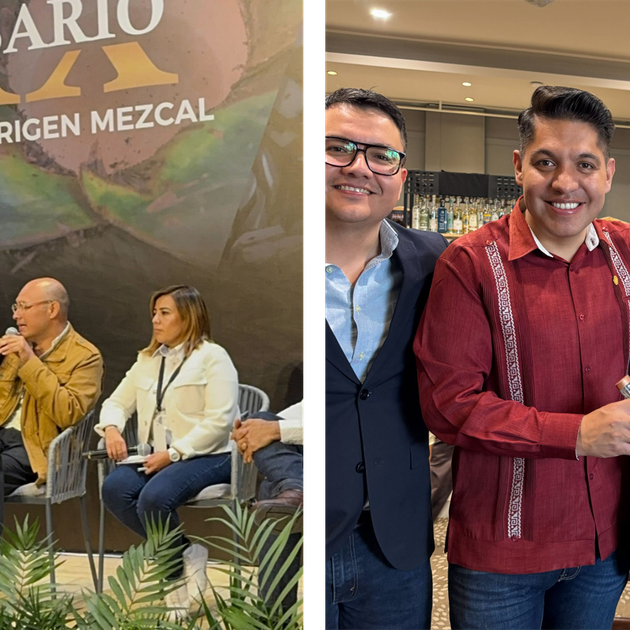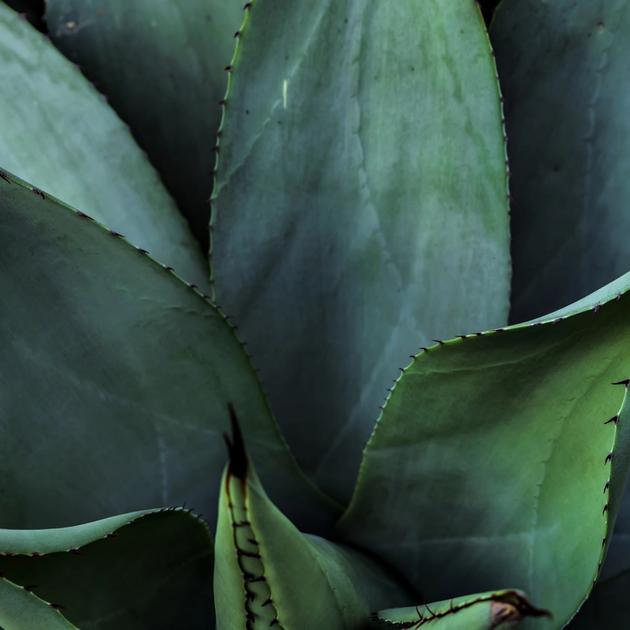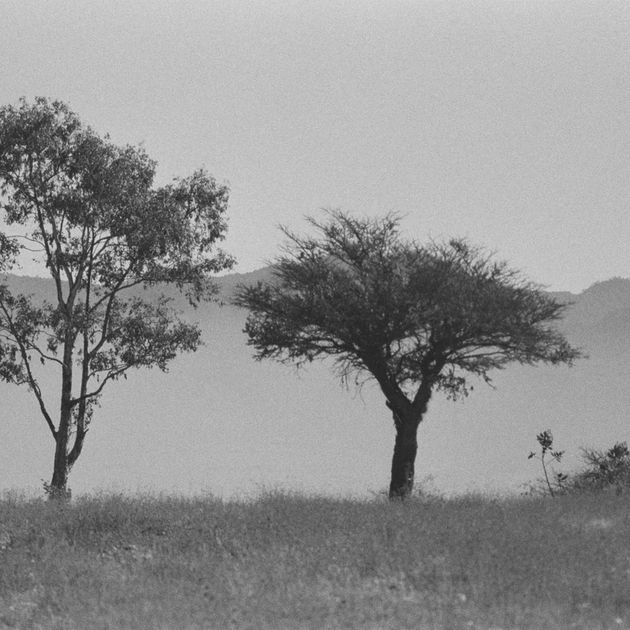Wait, Tequila and Mezcal Aren’t the Same Thing?
If you look at the main ingredients in tequila and Mezcal, you’ll see they have one thing in common: agave. When making both liquors, the agave plant is harvested, and the inner core, called the piña, is separated from the rest of the plant.
Things take a turn from there. The methods of preparing the piña are different and depend on whether the manufacturer is making tequila or Mezcal.
They Have to Be at Least Kinda Alike Though, Right?
Well, a little bit. All tequila is Mezcal, but all Mezcal is not tequila. It’s kind of like how you learned in geometry class that all squares are rectangles, but not all rectangles are squares. That’s right; we’re throwing it back to high school.
How Do I Tell the Difference?
First thing’s first: let’s point out the obvious—the label. Whatever bottle you pick up should clearly designate whether it’s Mezcal or tequila.
When it comes to taste, you’ll be able to tell the difference quite easily because Mezcal has a smokier flavor than tequila does. Depending on what kind you get, you might also find deep earthy and floral notes in your Mezcal.
On top of that, tequila and Mezcal are traditionally made in different locations. Paying attention to the exact region of origin can help you tell the two apart.
Distillation Differences
Ok, earthen pits vs. copper pots (we promise we’re not just throwing random words at you). That’s the difference between how Mezcal and tequila are distilled, which explains why their flavors are so distinct.
Making Mezcal Rosaluna involves roasting the agave piña inside of an earthen pit. These pits are filled with pinewood and set ablaze. Once the piña is cooked, we ferment it inside our pinewood open fermentation tanks, which generally takes about eight days here at Rosaluna.
Tequila, on the other hand, is a bit different. The piña goes into an industrial oven where it’s then steamed. After this part of the process, it goes into copper pots for further distillation and processing before it ends up in an oak barrel to ferment.
It Comes Down to Agave
The agave plant is the key to making both tequila and Mezcal. Native to Mexico, as well as the Caribbean and dry, arid parts of the United States, this spiky-leaved plant can grow to be up to 30 feet tall. The leaves tend to be either pale blue-green or light green and might be striped, solid, or variegated.
However, while they’re both made with agave, the kind of agave used can differ. Tequila can only be made with blue agave, while Mezcal can be made with over 30 different varieties.
Location, Location, Location
It’s true: Both tequila and Mezcal are traditionally made in Mexico, but we can get even more specific with the location.
Mezcal is made in nine different areas of Mexico, including Zacatecas, Puebla, Guerrero, Durango, San Luis Potosi, Guanajuato, Oaxaca, Michoacan, and Tamaulipas. Tequila, on the other hand, is mainly produced in the state of Jalisco, as well as some smaller areas in Nayarit, Michoacan, Tamaulipas, and Guanajuato.
Give It a Taste
The way we see it, the smoky flavor of Mezcal is much more complex than the flavors you get from tequila. That’s part of why we love it so much. However, both work well in cocktails, and there’s absolutely nothing wrong with taking a shot of each on its own. If you aren’t sure of which one you like best, give them both a try.
More To Love
The bottom line? No, Mezcal and tequila are not the same thing, and yes, while we’d be lying if we said we weren’t on team Mezcal, they both have a place in our hearts. That said, whether you’re making a delicious cocktail, doing a shot, or sipping on it straight, you really can’t go wrong with the smooth, smoky intensity of Mezcal Rosaluna.
Sources:
What’s the Difference Between Tequila and Mezcal? | Food & Wine Magazine

